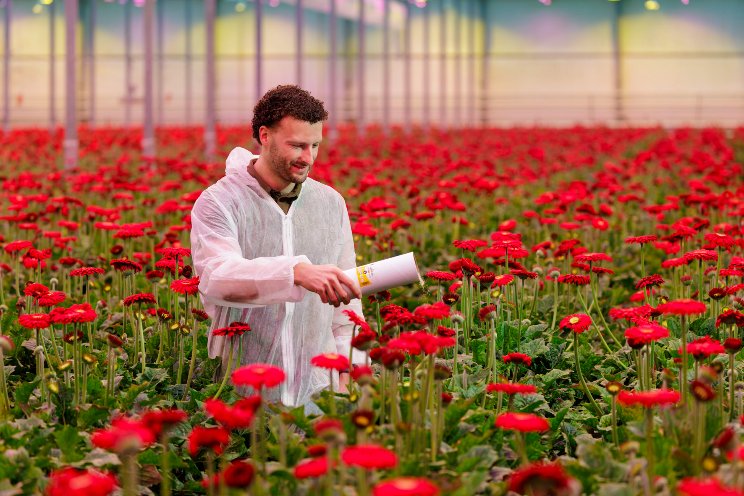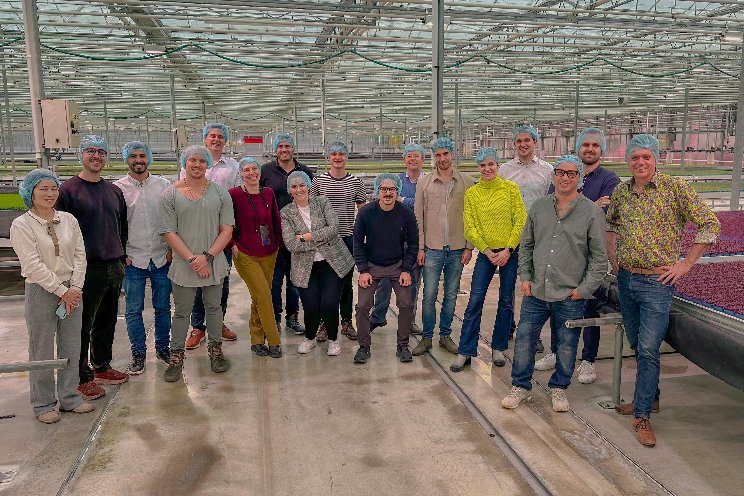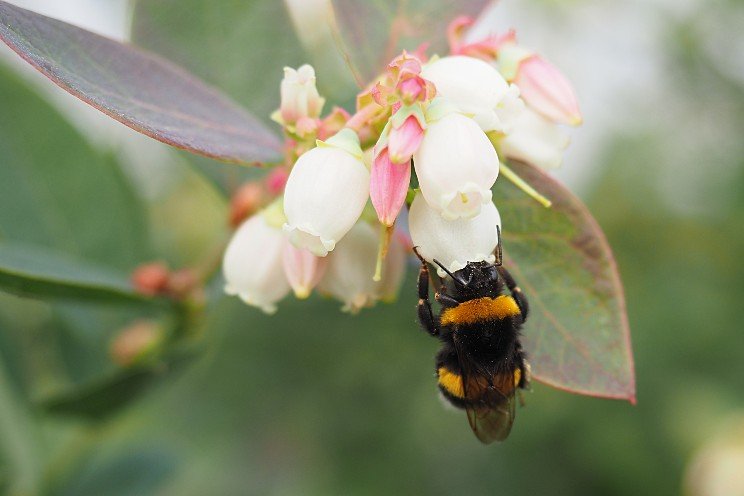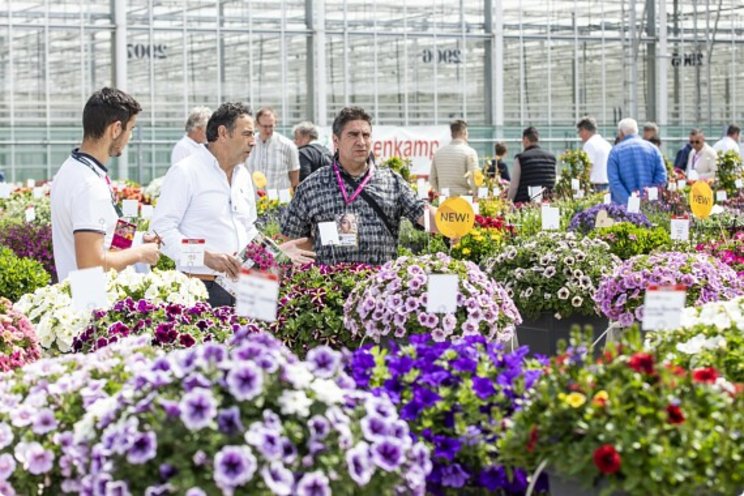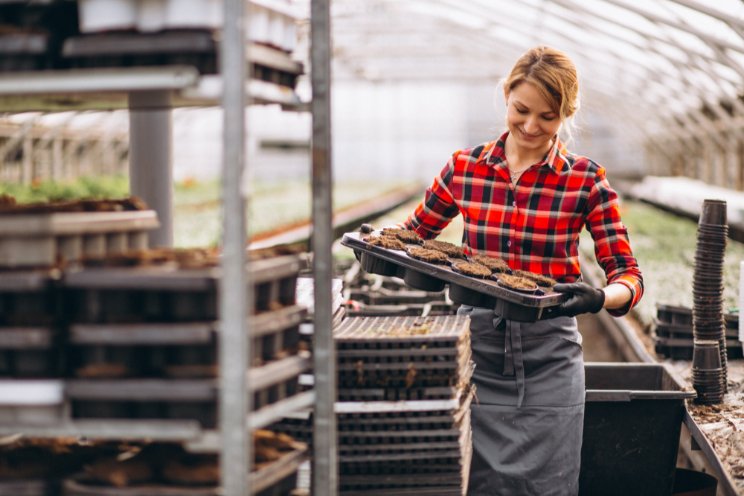Take your greenhouse heaters to an overhead level
Added on 04 December 2023

Overhead Greenhouse Heaters Then and Now
Greenhouse heating is no longer a simple thing. In the early 1900s, coal-fired stoker boilers heated many wooden A-Frame houses comfortably for decades. An environmental push switched out many of those to hot-water and steam boilers in the 1970s.
These heaters worked great for keeping greenhouses warm and helping to melt snow off the gutters, but a more localized heat source was needed, especially for ground-to-ground structures. As a result, unit heaters have become one of the most common greenhouse heating devices used today.
The efficiency of unit greenhouse heaters has changed dramatically in the last 30 years. Many original heaters were standing pilot, meaning a constant flame ignited the heater when the greenhouse required heat.
Standing pilot heaters proved inefficient with less than 80% thermal efficiency. Plus, they heightened the risk of starting a fire.
Later, intermittent systems replaced the standing pilots. These systems ignited with a spark and included a giant fan on the back to push warm air into the greenhouse.
Bent tube heaters represent a newer style of low-profile greenhouse heaters that direct the flame through a tube and then a fan pushes the heat from the tube into the greenhouse.
This method increases the thermal efficiency of bent tube heaters from 83% to 87%, placing them into what we know now as the standard efficiency class. With electronic controls and protections against thermal overload and misfires, bent tube heaters stand as a popular choice among growers for use in the greenhouse environment.
Power-Exhausted Versus Separated-Combustion Greenhouse Heaters
Standard efficiency heaters fall into two categories: power-exhausted and separated-combustion.
More news
